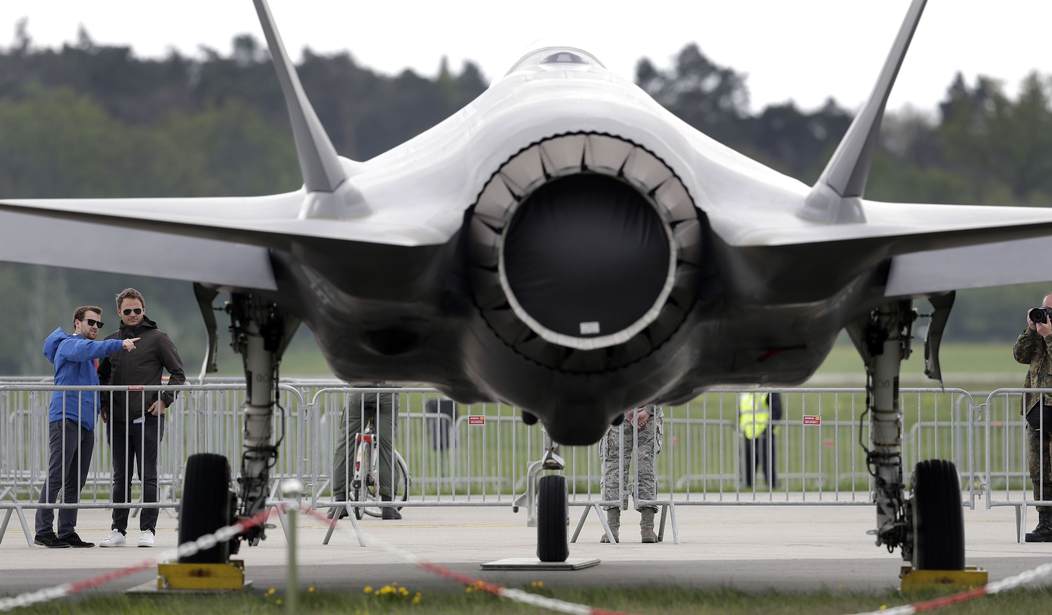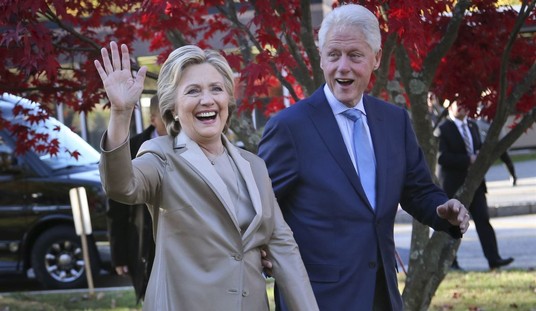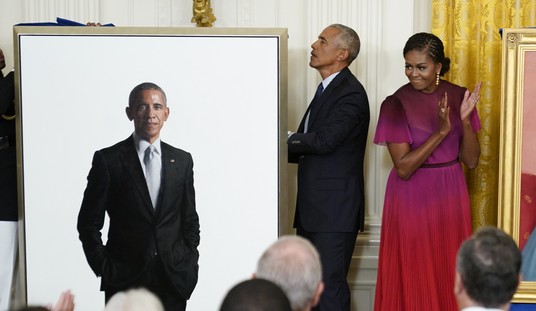This is no time to waste money when we need resources to fight the coronavirus on both the economic and health care fronts. It’s time for the federal government to find some areas to cut.
The F-35 Joint Strike Fighter is supposed to be a stealth fighter, a weapon that can attack while remaining invisible to enemy radar. But in the real world, the jet isn’t actually sneaking up on anyone.
On the financial side, Americans can see its price overruns happening, year after year, when contractor Lockheed Martin keeps asking for more money. Just this year, in fact, Bloomberg News reported that for the next ten years, the JSF program is expected to come in $10 billion over budget. Over its already bloated budget, that is.
Meanwhile, there’s little chance of anyone, either friend or foe, seeing one in the sky. That’s not because of its stealth features, but because maintenance and upkeep problems are grounding the F-35 whenever we need it most.
Let’s consider the spending part first since the country is likely to need all the budget savings it can find in the next few years.
“Private analysts have called the F-35 a ‘money pit,’ and argued that the purpose of Lockheed’s extensive national and global supplier base—which includes 1,300 suppliers in 45 states and nine foreign countries—was not so much to realize logistics efficiency and security, but to make sure the Joint Strike Fighter was too big to fail,” Popular Mechanics writes. The program is indeed too big but it has been failing for years, if not decades.
It began with a mistake: the military wanted one plane that could replace several. The JSF needed stealth technology for the Air Force, but it also needed to be able to serve as a Marine fighter and a Navy carrier plane and an Air Force long-range weapon. These requirements were often at cross-purposes, so the design became clunky, heavy, and difficult to scale. Instead of supplanting other planes, such as the successful Air Force F-16, the JSF couldn’t even supplement them. While the military fought wars in Iraq, Syria, and Afghanistan, the F-35 was still on the drawing board.
Meanwhile, the price kept soaring while the plane couldn’t. A 2015 Pentagon report found that the F-35A’s cost per flying hour is $32,500 while the F-16C/D is $25,500.
Some people look at the JSF and say it has turned a corner. “The F-35A’s capabilities and decreasing price tag make it both vital to the nation’s defense and more cost-effective than fourth-generation fighters,” says a report from The Heritage Foundation. The cost of each new plane is, indeed, coming down a bit. That ignores that it’s not simply an expensive plane to buy, it’s an expensive plane to own. The upkeep of the JSF comes with a staggering price tag.
For example, a Government Accountability Office report this year found that “F-35 program test officials had identified over 3,200 deficiencies.” These included “specific instances where the weapon system either does not meet requirements or where the safety, suitability, or effectiveness of the weapon system could be affected.” Those problems must be fixed, no matter what the cost. A Bloomberg News reporter adds that “a $17 billion Lockheed Martin Corp. system used since 2009 to monitor F-35 fighter jets for repairs, parts replacement, and general maintenance is rife with flaws, sometimes forcing personnel to spend hours entering data by hand.” That, too, will need to be fixed.
Unless.
Unless the military makes a better decision and pulls the plug on the JSF. The United States is about to enter a year of change, with a new president and, hopefully, a vaccine against COVID-19. Another fresh start is needed in the air. Instead of throwing more money away on the failed F-35, lawmakers should invest in the effective F-16, which delivers real returns — returns we can all see.










Join the conversation as a VIP Member